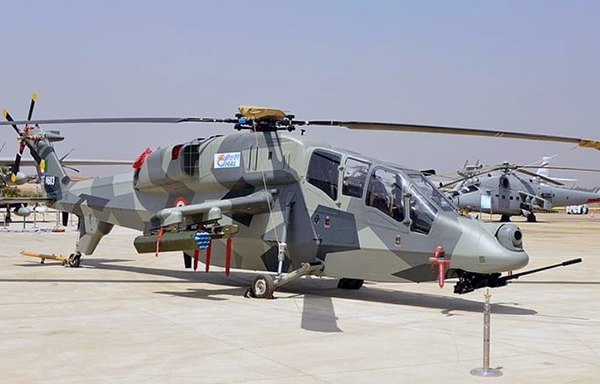The cabinet committee on security, headed by Prime Minister Narendra Modi, on 30 March 2022 cleared the purchase of 15 light combat helicopters (LCH) for the Indian air force (IAF) and the army from Hindustan Aeronautics Limited (HAL) at a cost of ?3,887 crore, the defence ministry said.
The approval for the 15 limited series production (LSP) helicopters comes along with infrastructure sanctions worth ?377 crore. While the defence ministry is now set to award the contract to HAL, the state-run plane maker has already delivered some helicopters to the two services in anticipation of the order.
LCH has indigenous content of 45% by value, which will progressively increase to more than 55% for the series production version, the ministry said.
HAL expects follow-up orders as the IAF and army have a combined projected requirement of 160 LCHs, officials familiar with the matter said. Of the initial 15 LSP helicopters approved for purchase, 10 are for the IAF and five for the army.
LCH figures on the government’s negative import list that seeks to ban the import of different types of weapons, systems and ammunition over the next five years to boost self-reliance in defence. In the last two years, the government has imposed a ban on the import of 209 defence items.
“LCH is specifically designed for operating in mountainous and high-altitude areas. Its capability to deliver armament at altitudes in excess of 15,000 feet makes it unique in the world. HAL should prioritise production to meet the demands of the services,” said air vice marshal Manmohan Bahadur (retd), former additional director general, Centre for Air Power Studies.
Production of LCH will reduce India’s dependence on imported combat helicopters, the ministry said in a statement. With its versatile features, the helicopter has export potential, the ministry said.
LCH can perform a raft of missions such as destruction of enemy air defences, targeting slow moving aircraft and remotely piloted aircraft, destroying high-altitude bunkers, carrying out counter-insurgency operations in jungle and urban environments aside from providing support to ground forces, the ministry said, adding that it would be a potent platform for the two services.
“State-of-the-art technologies and systems compatible with stealth features…and crashworthiness features for better survivability have been integrated in LCH catering to emerging needs for the next three to four decades,” the ministry said.
The government has taken several steps in recent years to boost self-reliance including raising foreign direct investment (FDI) in defence manufacturing, creating a separate budget for buying locally-made military hardware and notifying two lists of weapons and equipment that cannot be imported.
These lists include artillery guns, missile destroyers, ship-borne cruise missiles, light combat aircraft, light transport aircraft, long-range land-attack cruise missiles, basic trainer aircraft, multi-barrel rocket launchers, assault rifles, sniper rifles, mini-UAVs, specified types of helicopters, next-generation corvettes, airborne early warning and Control (AEW&C) systems, and medium-range surface to air missile systems.













